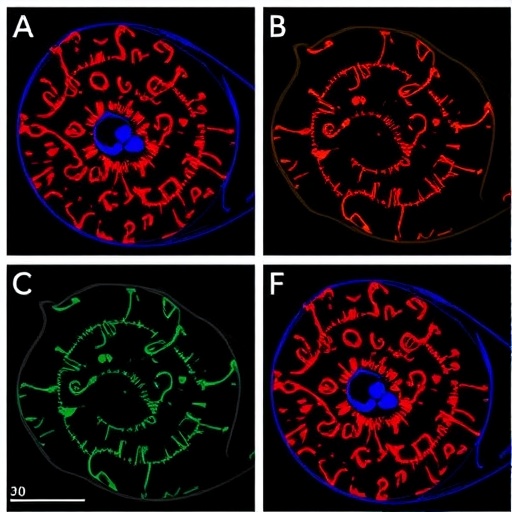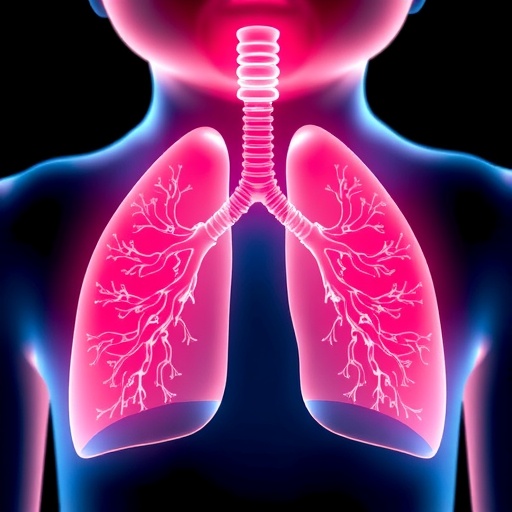Artificial intelligence (AI) is rapidly transforming the landscape of many fields, and one of the frontiers where its impact is being poignantly felt is in pediatric radiology. The new multi-society statement from a coalition of leading radiological organizations, including the American College of Radiology (ACR), the European Society of Pediatric Radiology (ESPR), the Society for Pediatric Radiology (SPR), and several others, emphasizes the crucial role of AI in enhancing patient safety. This landmark document presents a robust framework for the adoption of AI technologies, ensuring that children receive optimal and secure diagnostic imaging.
The central theme of the multi-society statement is that AI applications can significantly enhance the accuracy of diagnoses while also streamlining workflows in pediatric radiology. Given the unique anatomical and physiological characteristics of children, conventional imaging techniques often pose challenges that can lead to misdiagnoses or overlooked conditions. AI technologies, developed specifically for the pediatric population, can provide crucial support to radiologists by identifying subtle anomalies that human eyes may miss, thus improving patient outcomes.
An essential aspect of the statement is its focus on safety. AI implementation must not compromise the integrity of patient care. Radiologists are urged to adopt AI tools that have been rigorously validated for safety and efficacy, ensuring that they complement clinical judgments rather than replace them. This emphasis on validation addresses concerns about over-reliance on automation and the potential for machine errors that could negatively impact patient safety.
Moreover, the document advocates for continuous education and engagement among radiologists regarding AI technologies. As these tools evolve, it is paramount for radiologists to stay informed about the capabilities and limitations of AI solutions. Training programs are encouraged to integrate AI knowledge into their curricula, preparing future practitioners to harness the advantages of AI in their clinical practice.
Collaboration among different stakeholders is also a crucial point highlighted in the statement. The integration of AI into pediatric radiology demands a multidisciplinary approach that includes radiologists, pediatricians, IT professionals, and regulatory bodies. This collaborative effort is essential to ensure that AI implementations are aligned with clinical needs, patient safety considerations, and regulatory requirements.
The statement outlines specific areas where AI can be particularly beneficial in pediatric imaging, such as in the detection and diagnosis of conditions like pneumonia, fractures, and tumors. By enabling faster and more accurate diagnoses, these AI tools have the potential to significantly reduce the time to treatment, which is crucial in improving health outcomes for children. Furthermore, the ability to pre-screen images before they are reviewed by radiologists can alleviate some of the burdens associated with high caseloads, allowing for better allocation of resources.
Despite the promising capabilities of AI, the document also draws attention to the ethical considerations surrounding its use. Issues such as data privacy, algorithmic bias, and the transparency of AI decision-making processes pose significant challenges that need to be addressed. The statement advocates for the development of ethical guidelines that safeguard patient interests while promoting innovation in the field.
User-friendly interfaces and integration within existing radiological workflows are emphasized as critical factors for the successful adoption of AI in pediatric imaging. The statement warns against the implementation of complex systems that may disrupt established processes, thus hindering rather than helping healthcare delivery. Innovations should be designed with the end-user in mind, facilitating seamless interaction between radiologists and AI tools.
In terms of regulatory landscape, the multi-society statement highlights the need for policies that foster innovation while maintaining rigorous safety standards. Regulatory bodies are encouraged to establish clear guidelines surrounding the approval and monitoring of AI technologies, ensuring that they undergo comprehensive testing before being deployed in clinical settings. This approach aims to build trust in AI systems among healthcare professionals and patients alike.
A significant barrier to the widespread adoption of AI technologies is the variability in infrastructure across healthcare institutions. The statement calls for investments in digital infrastructure to support the implementation of AI solutions in pediatric radiology. By ensuring that facilities are equipped with the necessary technology and resources, the healthcare system can better leverage advancements in AI for the benefit of pediatric patients.
The economic implications of AI implementation are also addressed. While initial investments may be substantial, the long-term benefits are expected to outweigh these costs by improving efficiency and reducing the incidence of misdiagnoses. Policymakers are urged to consider the potential cost savings associated with AI-driven improvements in patient outcomes when making budgetary decisions for healthcare facilities.
The statement reiterates the urgency of implementing these recommendations as pediatric radiology continues to advance in a rapidly changing technological landscape. The call for immediate action underlines the importance of harnessing the transformative potential of AI to enhance patient safety and improve diagnostic accuracy for children. As technology continues to evolve, maintaining a proactive stance will be key in capitalizing on opportunities and navigating the challenges that lie ahead.
In summary, the multi-society statement on AI implementation in pediatric radiology provides a comprehensive guide for improving patient safety while adopting advanced imaging technologies. By advocating for rigorous validation, collaborative efforts, ethical considerations, and supportive infrastructure, the statement sets the stage for a new era in pediatric healthcare. The integration of AI stands to revolutionize the field, ensuring that the unique needs of young patients are met safely and effectively. The future of pediatric radiology is poised to be defined by these innovations, marking a significant leap toward enhanced patient care.
Subject of Research: AI implementation in pediatric radiology for patient safety.
Article Title: AI implementation in pediatric radiology for patient safety: a multi-society statement from the ACR, ESPR, SPR, SLARP, AOSPR, SPIN.
Article References:
Shelmerdine, S., Naidoo, J., Kelly, B. et al. AI implementation in pediatric radiology for patient safety: a multi-society statement from the ACR, ESPR, SPR, SLARP, AOSPR, SPIN. Pediatr Radiol (2025). https://doi.org/10.1007/s00247-025-06386-0
Image Credits: AI Generated
DOI: 25 November 2025
Keywords: Pediatric radiology, AI technology, patient safety, diagnostic imaging, healthcare collaboration, ethical considerations, regulatory policies.
Tags: AI in pediatric radiologyAI technology for childrenAmerican College of Radiology guidelineschallenges in pediatric imagingenhancing outcomes for child patientsenhancing patient safety in diagnosticsidentifying subtle anomalies in pediatric scansmulti-society statement on AIpediatric imaging accuracy improvementrole of AI in medical diagnostics.validation of AI tools in healthcareworkflow optimization in radiology





